Art App Neoclassicism to Realism
1/79
There's no tags or description
Looks like no tags are added yet.
Name | Mastery | Learn | Test | Matching | Spaced |
|---|
No study sessions yet.
80 Terms
Which of the following social events most strongly aligned with Neoclassical ideals of patriotism and moral virtue?
A) The Protestant Reformation
B) The Industrial Revolution
C) The French Revolution
D) The American Civil War
Correct answer: C
In what type of society did Neoclassical art flourish most strongly?
A) Monarchies promoting divine right
B) Republics and intellectual communities valuing reason and virtue
C) Nomadic societies focused on oral tradition
D) Colonial empires emphasizing exploration
Correct answer: B
How did Enlightenment philosophy influence Neoclassical art?
A) Encouraged mysticism and religious devotion
B) Promoted reason, balance, and civic morality in artistic expression
C) Rejected classical ideals in favor of modern abstraction
D) Valued individual emotion over universal truth
Correct answer: B
Which characteristic best defines the art style of Neoclassicism?
A) Dramatic lighting and emotional intensity
B) Ornate decoration and playful curves
C) Balanced composition, linear precision, and clarity
D) Soft pastels and delicate brushwork
Correct answer: C
What was the typical color palette used by Neoclassical painters?
A) Bright, saturated tones highlighting emotion
B) Soft, pastel hues symbolizing romance
C) Muted, sober colors emphasizing form and structure
D) Vivid, contrasting tones for dramatic tension
Correct answer: C
In Neoclassical architecture, elements such as domes, pediments, and columns symbolized:
A) Rational order, civic pride, and timeless virtue
B) Religious transcendence and divine revelation
C) Emotional power and theatrical grandeur
D) Playful elegance and aristocratic luxury
Correct answer: A
Which of the following best characterizes the Neoclassical style of painting?
A) Emphasis on pastel colors and sensual subjects
B) Loose brushwork and emotional spontaneity
C) Balanced composition, smooth brushwork, and moral seriousness
D) Dramatic contrast between light and shadow
Correct answer: C
What major intellectual movement provided the philosophical foundation for Neoclassicism?
A) Humanism
B) Enlightenment
C) Counter-Reformation
D) Modernism
Correct answer: B
The rediscovery of which ancient sites helped inspire the Neoclassical fascination with classical antiquity?
A) Troy and Babylon
B) Pompeii and Herculaneum
C) Athens and Sparta
D) Persepolis and Alexandria
Correct answer: B
In contrast to Rococo’s focus on pleasure, Neoclassical art sought to promote:
A) Sensuality and leisure
B) Emotional catharsis
C) Moral virtue and civic duty
D) Individual freedom and rebellion
Correct answer: C
How did Neoclassical artists approach the depiction of the human form?
A) Abstract and stylized with symbolic proportions
B) Idealized with anatomical precision and stoic expression
C) Expressive and emotional with dramatic gestures
D) Simplified and childlike to emphasize innocence
Correct answer: B
Neoclassical paintings were known for their clarity and restraint, achieved through:
A) Chaotic composition and vivid colors
B) Linear precision, balanced symmetry, and smooth finish
C) Rapid, visible brushstrokes and asymmetry
D) Heavy texture and impasto techniques
Correct answer: B
What was the primary purpose of Neoclassical art according to Enlightenment ideals?
A) To entertain and delight the senses
B) To express individual emotion and fantasy
C) To teach moral lessons and promote reason
D) To portray divine intervention and mystery
Correct answer: C
Which statement best captures the Neoclassical aesthetic ideal of “noble simplicity and quiet grandeur”?
A) Beauty lies in complexity and ornamentation
B) Beauty arises from reason, restraint, and idealized form
C) Art should provoke intense emotion and imagination
D) Art’s purpose is to reflect chaos and subjectivity
Correct answer: B
In Neoclassical architecture, design elements such as columns, pediments, and domes were revived to symbolize:
A) Spiritual transcendence
B) Intellectual discipline and civic virtue
C) Romantic rebellion
D) Ornate luxury and pleasure
Correct answer: B
Compared to Rococo, Neoclassical art placed greater emphasis on:
A) Fantasy, elegance, and intimacy
B) Order, virtue, and rationality
C) Color, emotion, and drama
D) Pleasure, decoration, and leisure
Correct answer: B
The French Revolution aligned with Neoclassical ideals because both valued:
A) Aristocratic extravagance and pleasure
B) Patriotism, sacrifice, and moral reform
C) Individual emotion and spontaneity
D) Escapism and fantasy
Correct answer: B
Which of the following best differentiates Neoclassicism from Romanticism?
A) Neoclassicism valued reason and structure; Romanticism prized emotion and imagination
B) Neoclassicism celebrated nature; Romanticism rejected it
C) Neoclassicism focused on personal feelings; Romanticism on civic duty
D) Neoclassicism emphasized freedom; Romanticism emphasized control
Correct answer: A
In sculpture, Neoclassical artists preferred marble for its:
A) Ability to capture light and shadow
B) Association with purity, permanence, and classical form
C) Affordability and convenience
D) Potential for expressive realism
Correct answer: B
Ultimately, Neoclassical art viewed beauty as:
A) A product of emotional experience
B) A reflection of rational order and moral virtue
C) The spontaneous joy of sensory pleasure
D) The chaos of individual imagination
Correct answer: D
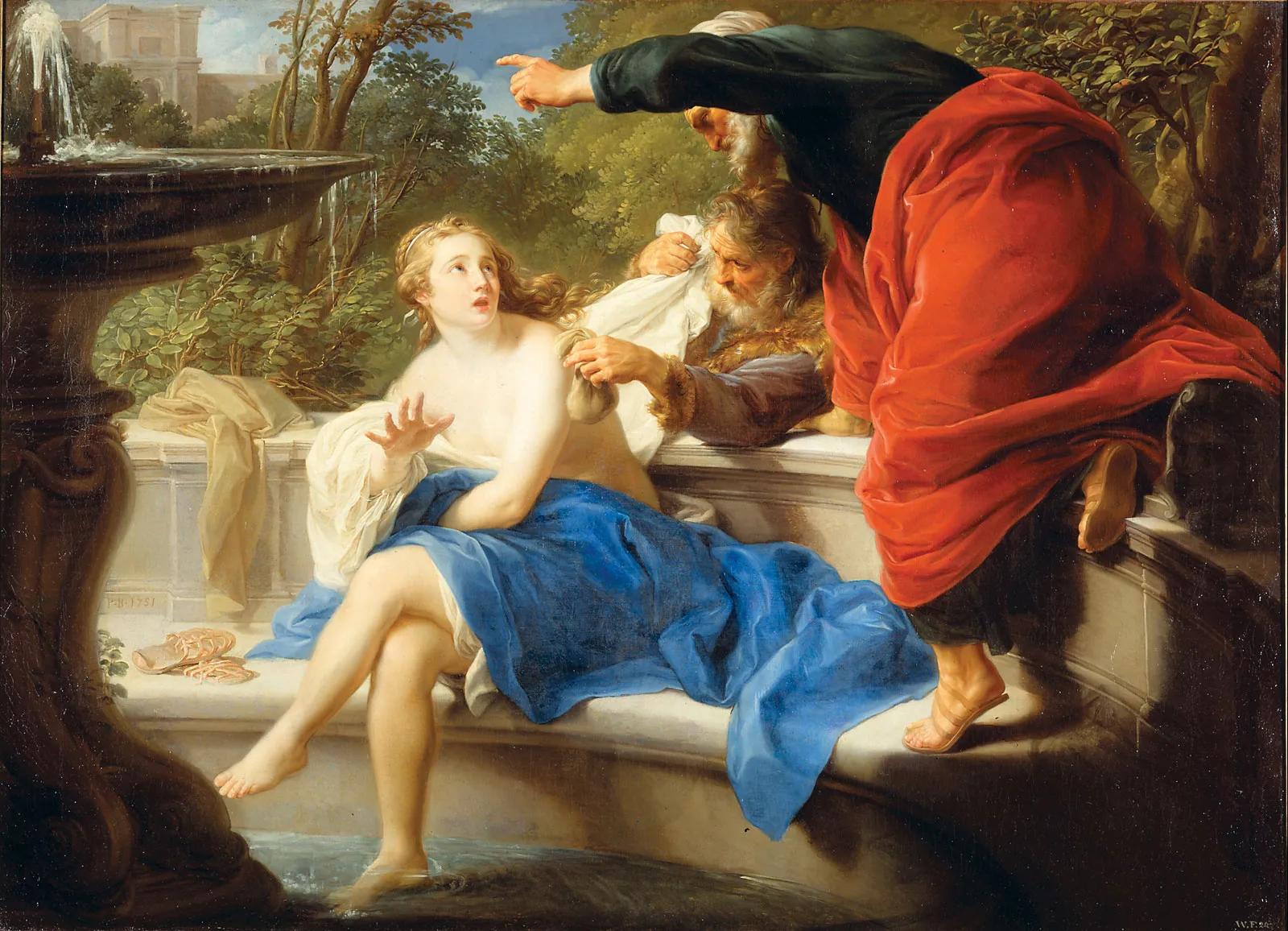
Identify the art period
Neoclassicism
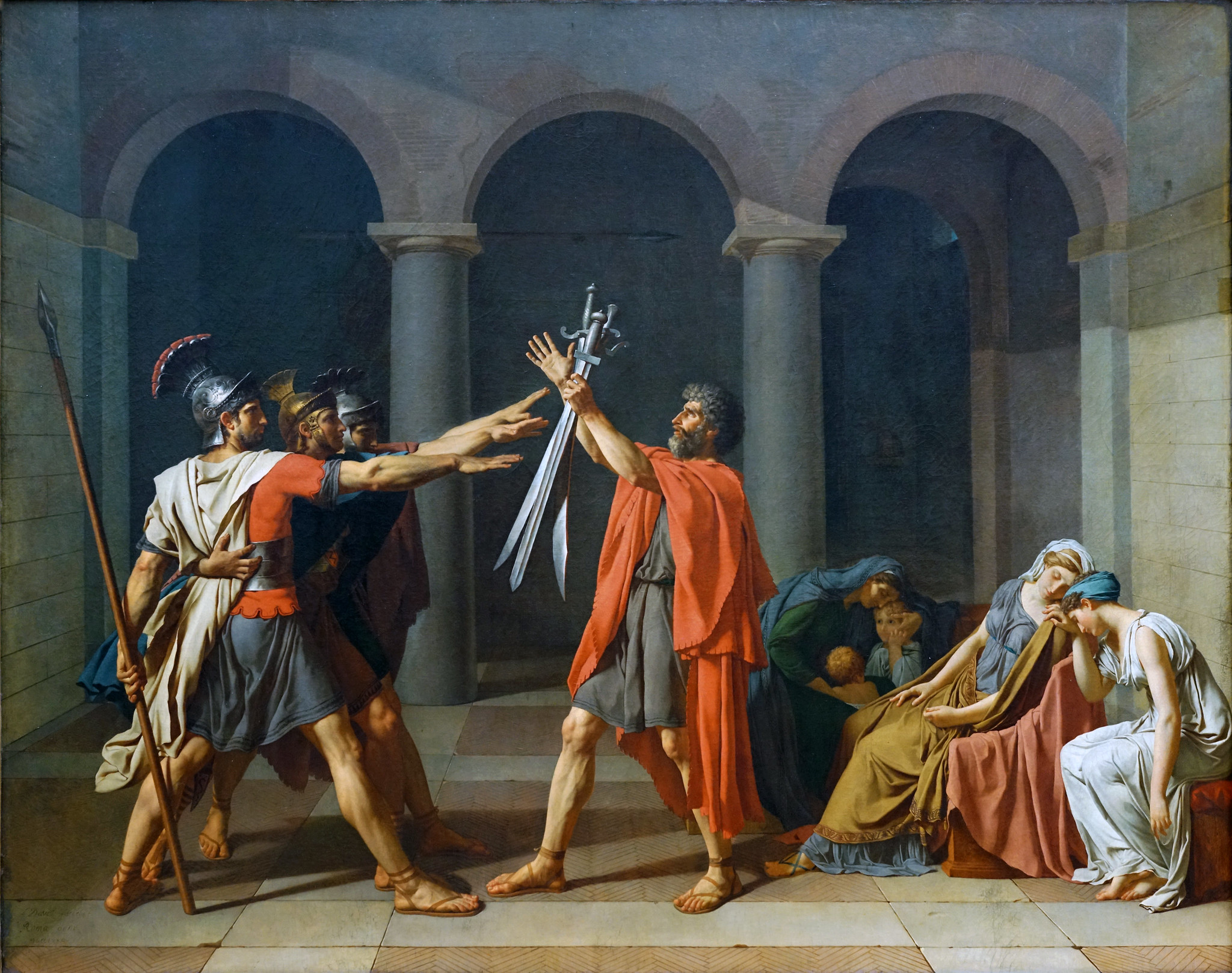
Identify the art period
Neoclassicism
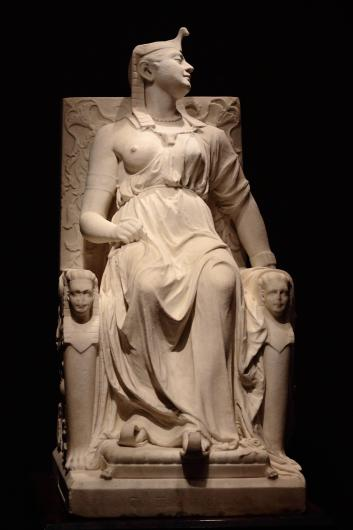
Identify the art period
Neoclassicism
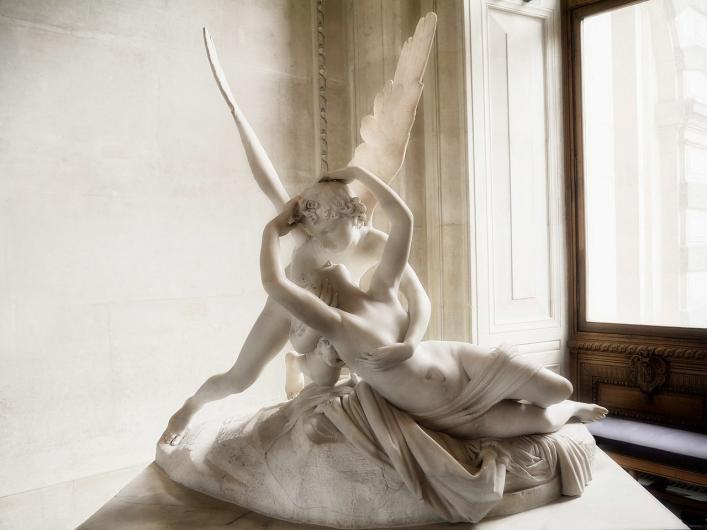
What art period
Neoclassicism
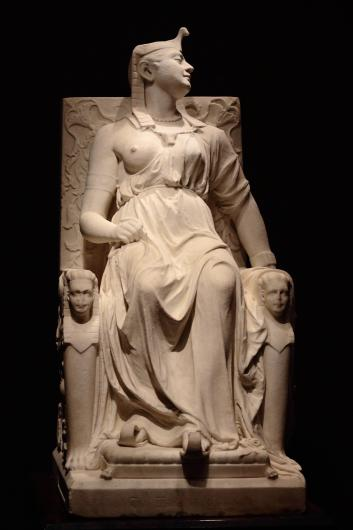
Identify the art period
Neoclassicism
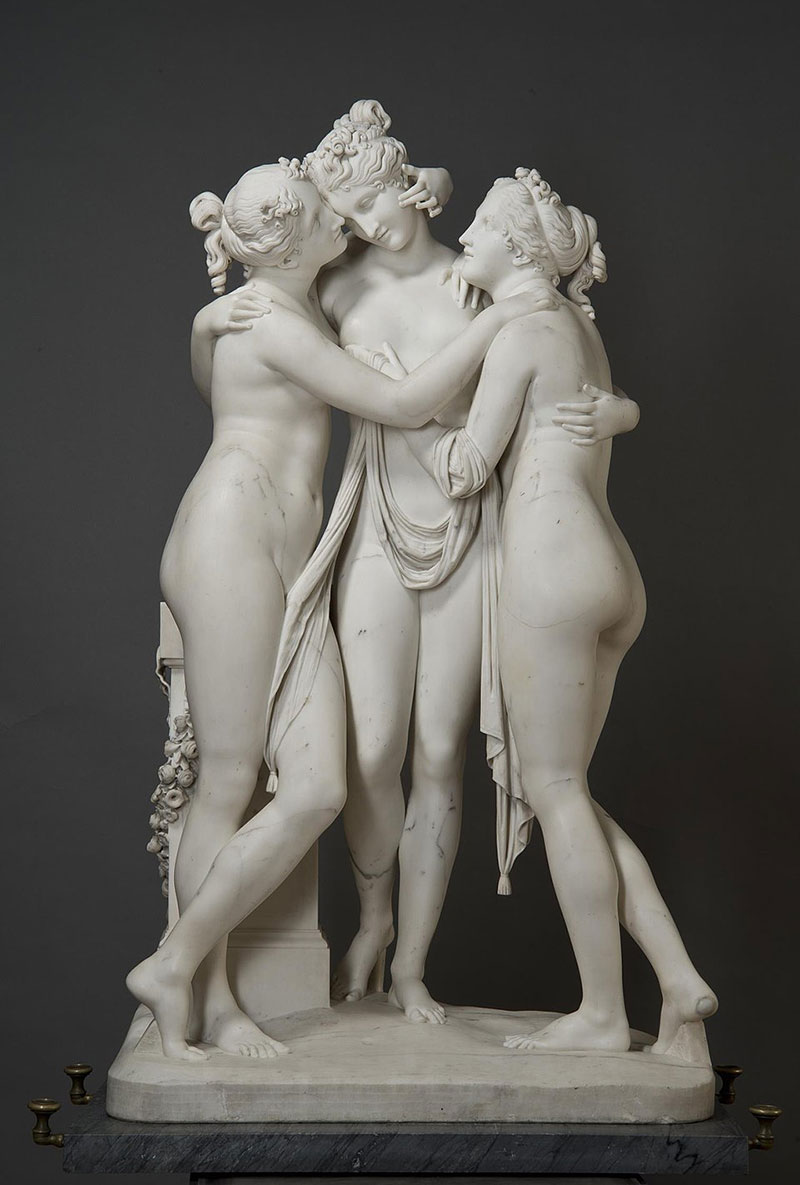
Identify the period
Neoclassicism
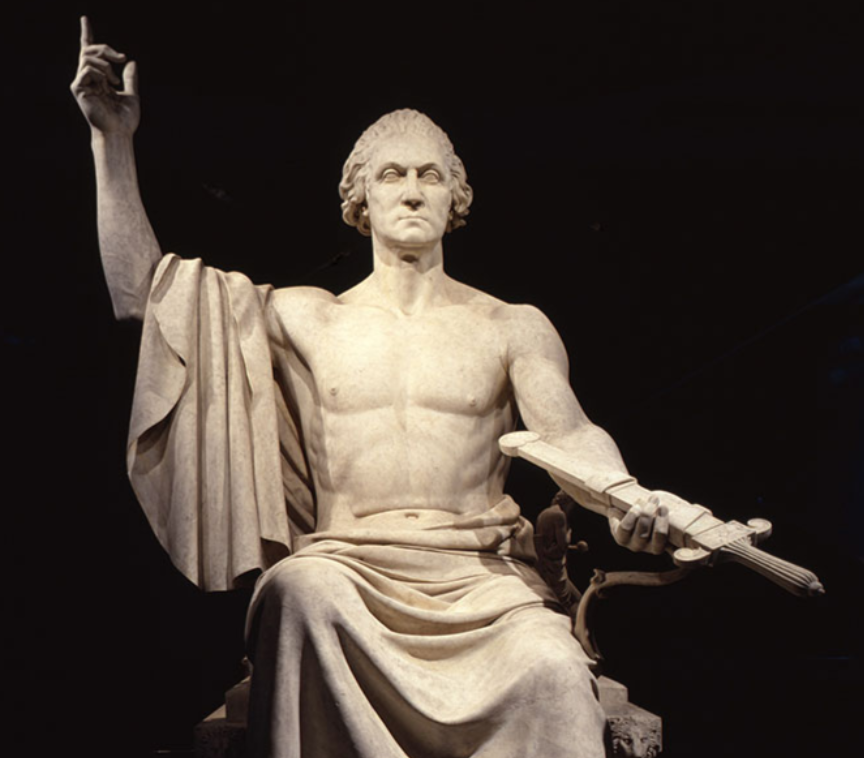
identify the period
Neoclassicism
A) Industrialization and urbanization
B) Religious reform and monastic life
C) Aristocratic leisure and courtly culture
D) Colonial expansion and trade
A) Rococo
B) Romanticism
C) Neoclassicism
D) Impressionism
A) Exaggerated emotion and theatricality
B) Idealized divine forms and symmetry
C) Truthfulness and authenticity over beauty
D) Abstract color experimentation
A) Entertain aristocratic audiences
B) Elevate the moral and social significance of the everyday
C) Illustrate heroic mythology
D) Explore optical effects of light
A) Enhance dramatic storytelling
B) Highlight divine presence
C) Emphasize material reality and honesty
D) Evoke romantic emotion
A) A period of aristocratic luxury and courtly leisure
B) A society experiencing industrial change, class tension, and social awareness
C) An era of Enlightenment rationality and classical revival
D) A time dominated by religious reform and mysticism
A) They allowed artists to idealize history for educational purposes
B) They focused on decorative ornamentation for the elite
C) They provided mass access to social critique and documentation
D) They replaced painting as the main art form
A) Conveying moral ideals through allegory and myth
B) Presenting social truth and ordinary life as evidence of ethical reality
C) Encouraging fantasy and emotional transcendence
D) Promoting religious obedience through sacred imagery
A) The democratic elevation of everyday people
B) The importance of religious iconography
C) The technical skill of abstraction
D) The fascination with exotic lands
A) Rejected mythic or heroic idealization in favor of empirical observation
B) Embraced heroic and supernatural subjects for moral lessons
C) Prioritized emotional exaggeration and the sublime
D) Valued allegorical symbolism over social truth
A) Invention of lithography and rise of print journalism
B) Discovery of oil paint and perspective
C) Spread of stained glass and mosaics
D) Use of frescoes and tempera
A) Bright, theatrical palettes with dramatic contrast
B) Muted, natural tones and consistent lighting for honesty
C) Highly symbolic color schemes with gold backgrounds
D) Flickering color and optical blending effects
A) The invention of photography
B) The rediscovery of chiaroscuro
C) The use of abstract geometry
D) The revival of Renaissance frescoes
A) Rejected emotional and heroic exaggeration in favor of factual representation
B) Focused on personal imagination and sublime landscapes
C) Used mythological themes to convey emotion
D) Emphasized divine subjects over human experience
A) To promote fantasy and ideal beauty
B) To provoke emotional transcendence
C) To reveal truth, social inequality, and everyday dignity
D) To entertain through myth and allegory
A) Beauty lies in the perfection of form and harmony
B) Truth and authenticity are more valuable than prettiness
C) Art should idealize life to uplift the viewer
D) The artist’s imagination is more important than reality
A) Glorify religious life
B) Demonstrate social hierarchy
C) Elevate the dignity and significance of ordinary people
D) Contrast modernity with mythology
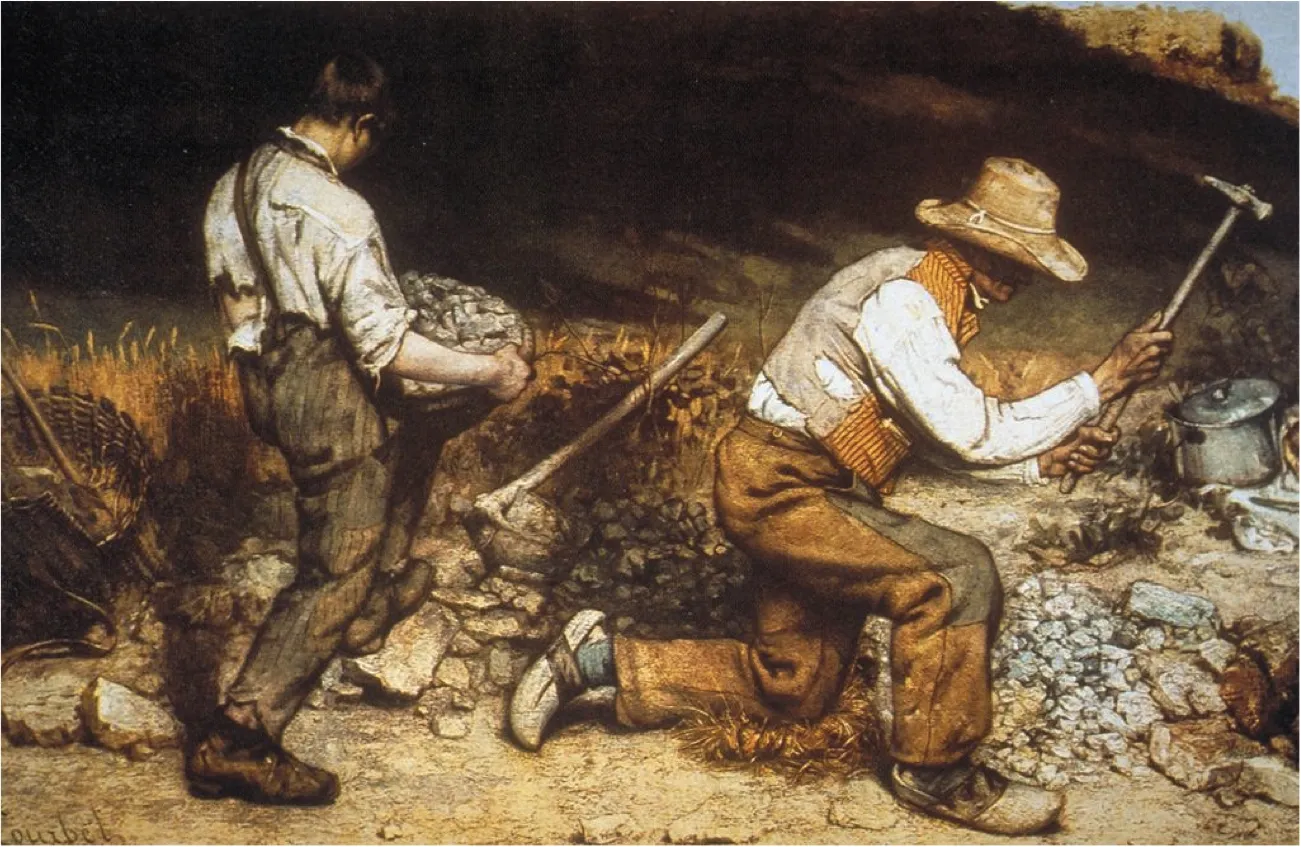
identify the period
real. (realism)

identify the art period
Realism

identify the period
Realism
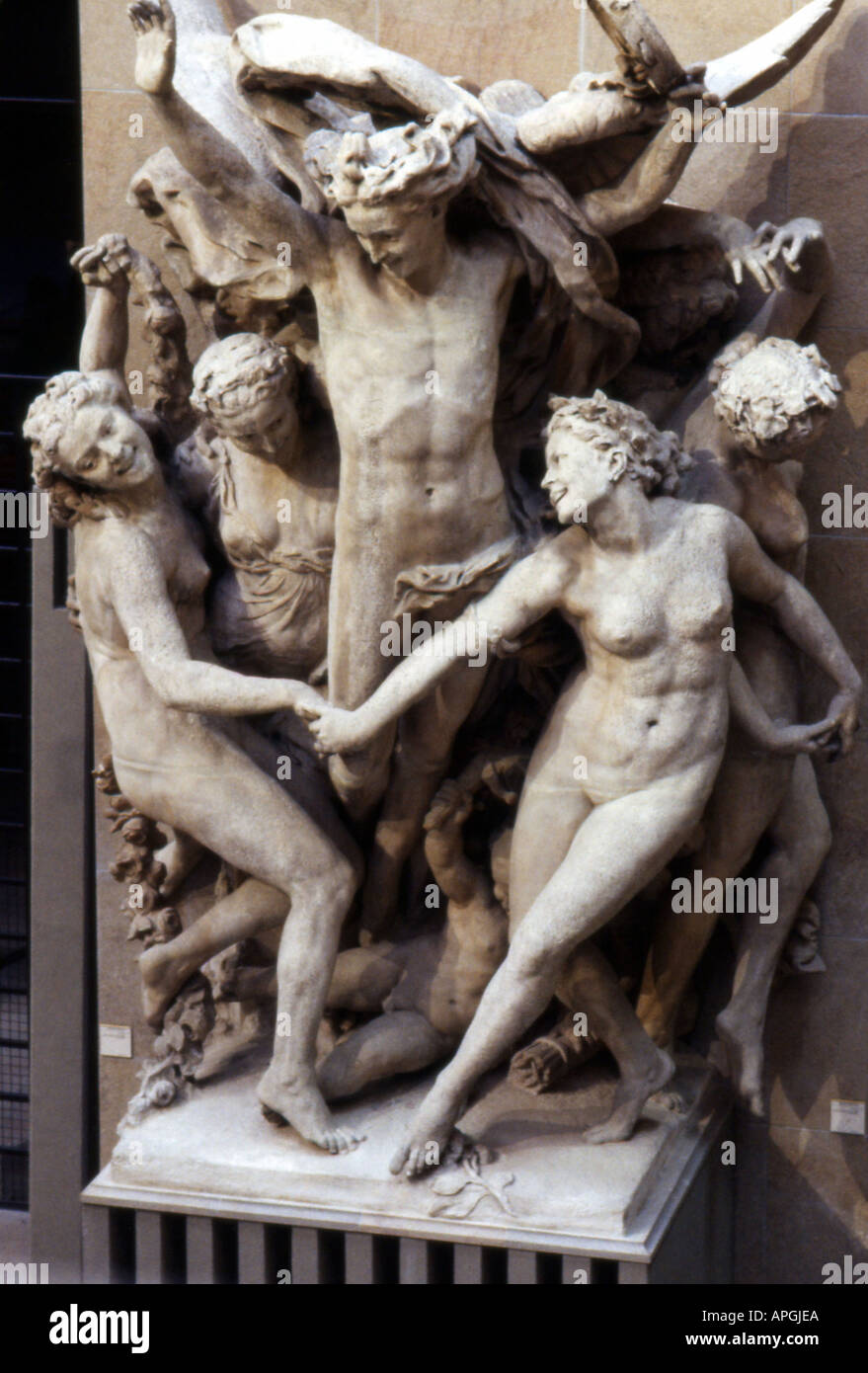
identify the period
realism
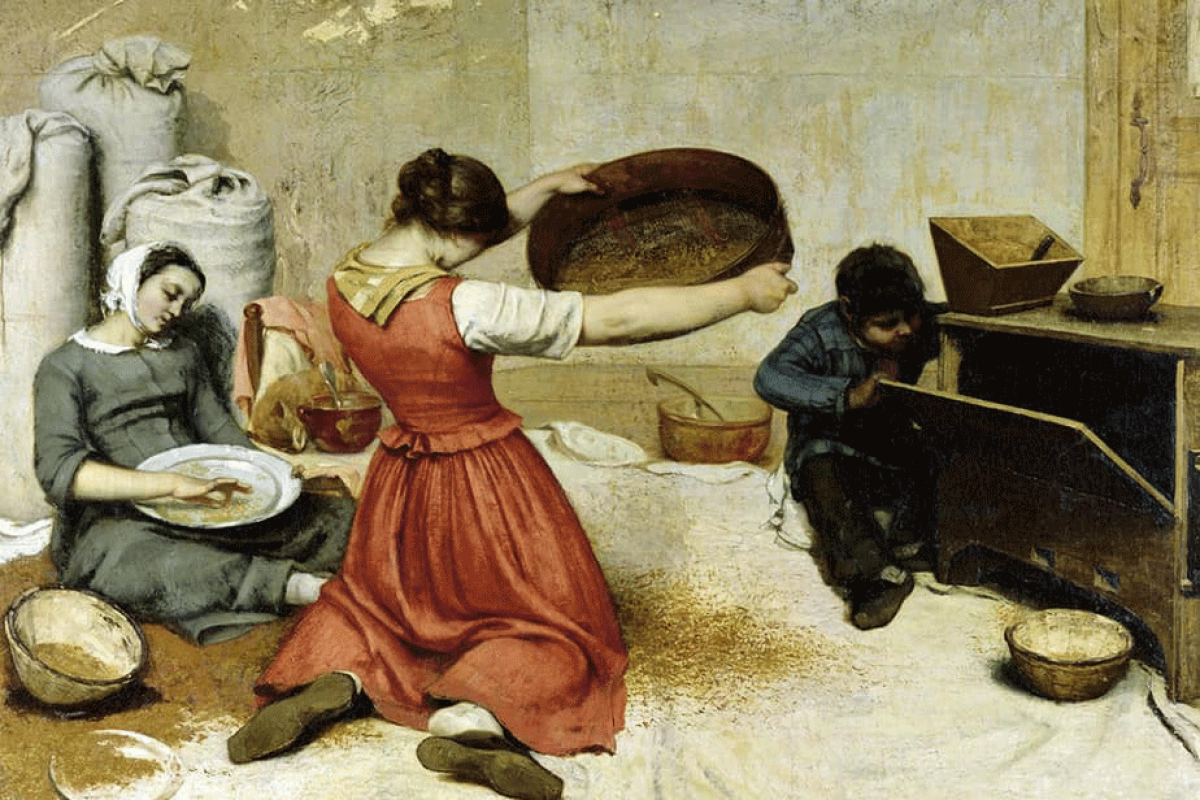
Identify the period
Realism
A) Baroque
B) Rococo
C) Neoclassicism and Enlightenment rationalism
D) Realism
A) The Industrial Revolution only
B) Protestant Reformation
C) Renaissance urbanization
D) The French Revolution and Napoleonic Wars
A) Aristocratic patronage emphasizing decorum
B) Disillusionment with Enlightenment rationalism and mechanization of life
C) Religious reforms and Church control
D) Classical revival and civic virtue promotion
A) Smooth, polished brushwork with muted tones
B) Loose, dynamic brushstrokes conveying movement and emotion
C) Pastel colors and delicate decorative details
D) Precise linear perspective and strict proportion
A) Urban industry and labor scenes
B) Geometrically ordered classical gardens
C) Vast, dramatic nature emphasizing human smallness
D) Idealized historical monuments
A) Vivid, bold colors with strong chiaroscuro contrasts
B) Muted tones and soft, even lighting
C) Pastel shades and gentle illumination
D) Monochrome and abstract lighting effects
A) Serve as religious propaganda
B) Depict historical and mythological precision
C) Express emotion, imagination, and individual experience
D) Instruct in civic virtue and rational morality
A) Decorative elegance and playful intimacy
B) Mathematical proportion and restrained form
C) Emotion as the highest expression, the Sublime, and imaginative freedom
D) Truth and authenticity above beauty
A) Focused on civic duty and moral virtue
B) Depicted labor and ordinary social life
C) Valued individual emotion, imagination, and the sublime over rationality and order
D) Emphasized calm, balanced compositions and muted colors
A) Focused on ordinary people and social conditions
B) Emphasized imaginative, emotional, and heroic subjects
C) Sought to expose labor exploitation
D) Prioritized documentary truth and social critique
A) Diagonal, swirling, and asymmetrical arrangements
B) Minimalist and abstract forms
C) Rigid, linear, and symmetrical order
D) Geometric, grid-like structuring
A) Rational order and proportion
B) The Sublime — awe, terror, and spiritual significance
C) Scientific observation of flora and fauna
D) Decorative pastoral charm for aristocratic leisure
A) The French Revolution
B) The Industrial Revolution in Britain
C) The American Civil War
D) The Protestant Reformation
A) Perfect symmetry and mathematical proportion
B) Awe-inspiring beauty mixed with terror and vastness
C) Calm rationality and moral clarity
D) Decorative elegance and playful charm
A) Smooth, polished brushwork and muted tones
B) Loose, dynamic brushstrokes conveying movement and emotion
C) Precise linear perspective and classical proportion
D) Pastel colors and delicate detail
A) Urban industry and labor scenes
B) Vast, dramatic nature emphasizing human smallness
C) Geometrically ordered classical gardens
D) Idealized historical monuments
A) Aristocratic patronage emphasizing decorum
B) Disillusionment with Enlightenment rationalism and mechanization of life
C) Classical revival and civic virtue promotion
D) Religious reforms and Church control
A) Create calm, rational compositions
B) Heighten drama and evoke emotional intensity
C) Imitate classical Greco-Roman ideals
D) Illustrate moral allegories with restraint
A) Artists should follow universal, classical rules
B) Artists express their inner emotions and imagination freely
C) Artists focus solely on civic and moral instruction
D) Artists adhere to scientific observation and documentation
A) Emphasis on heroic sacrifice and civic virtue
B) Focus on emotional, imaginative, and dynamic expression rather than reason
C) Use of calm, precise composition and muted tones
D) Depiction of ordinary social life
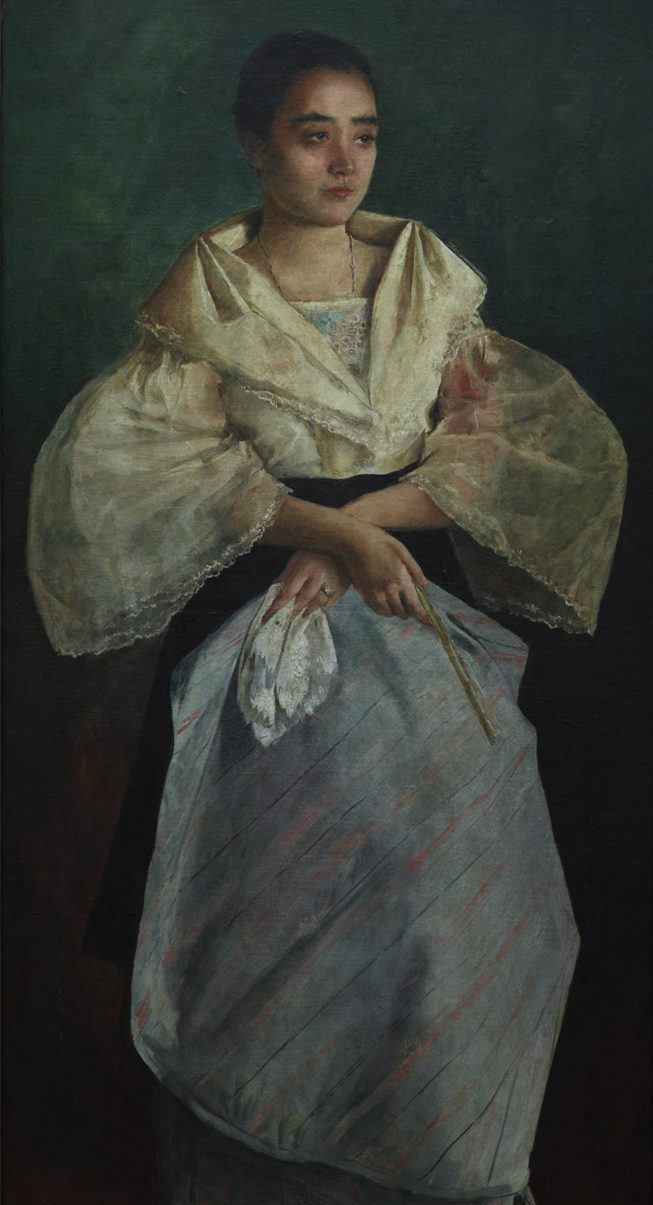
Identify the period
Realism
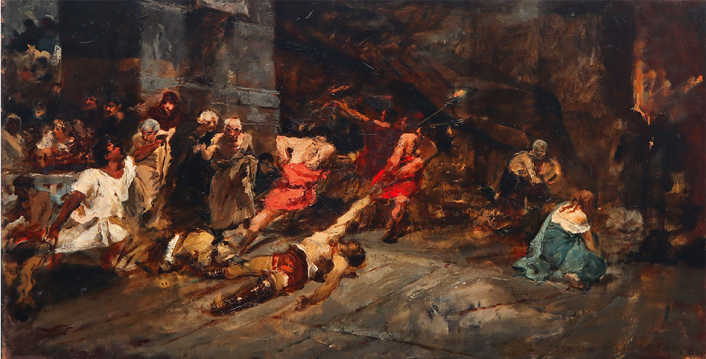
Identify the period
Romanticism
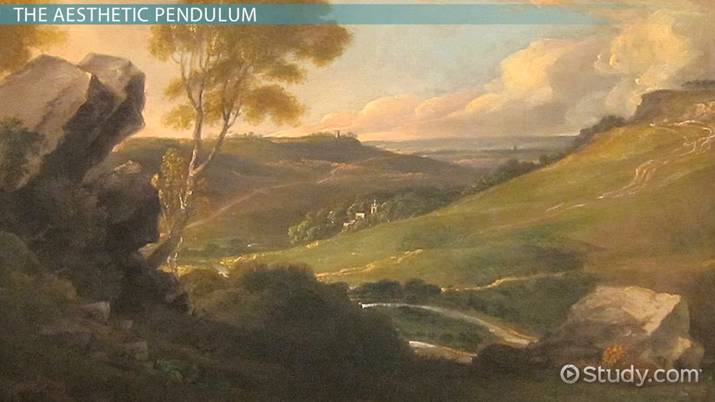
identify the period
Romanticism
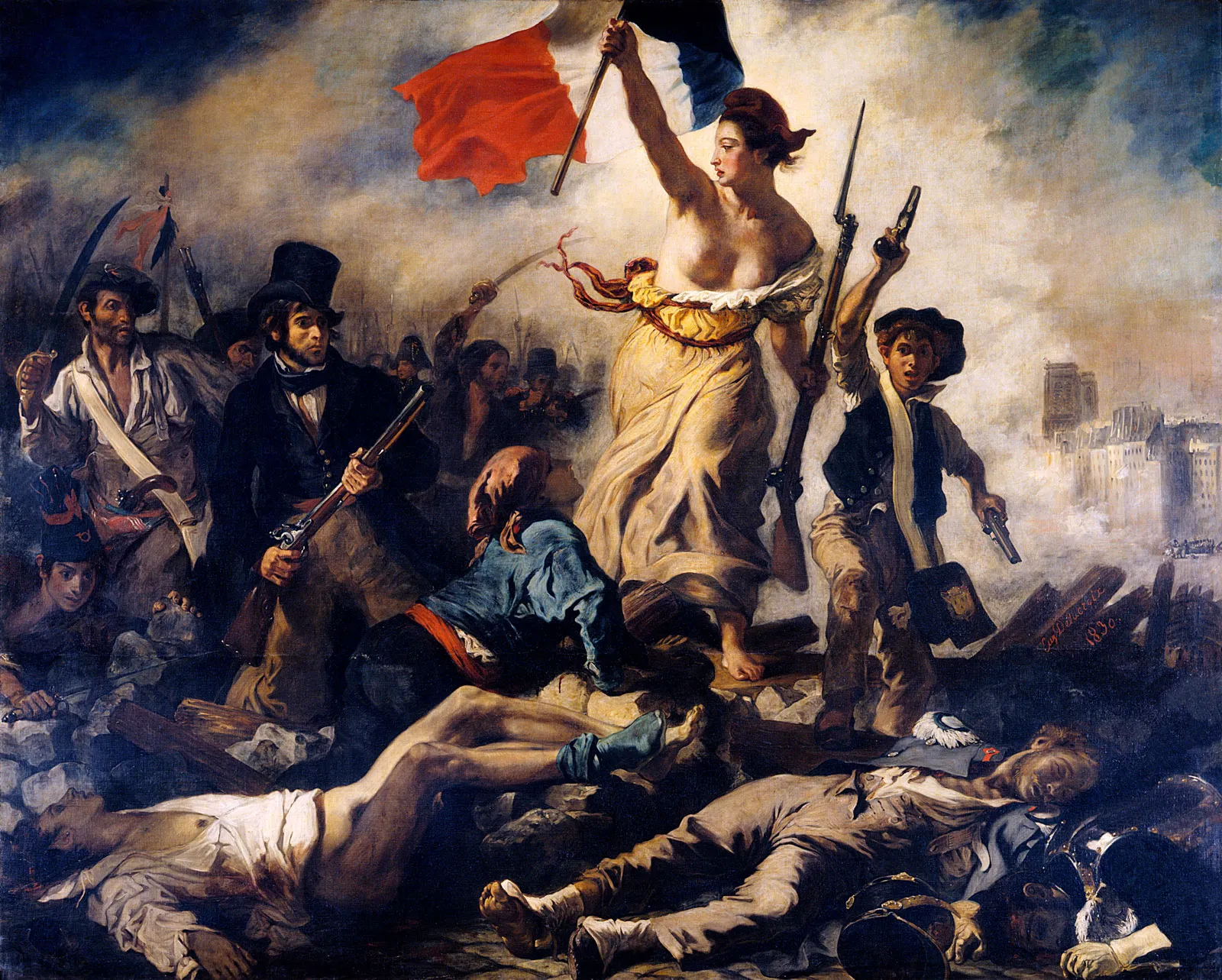
Identify the period
Romanticism
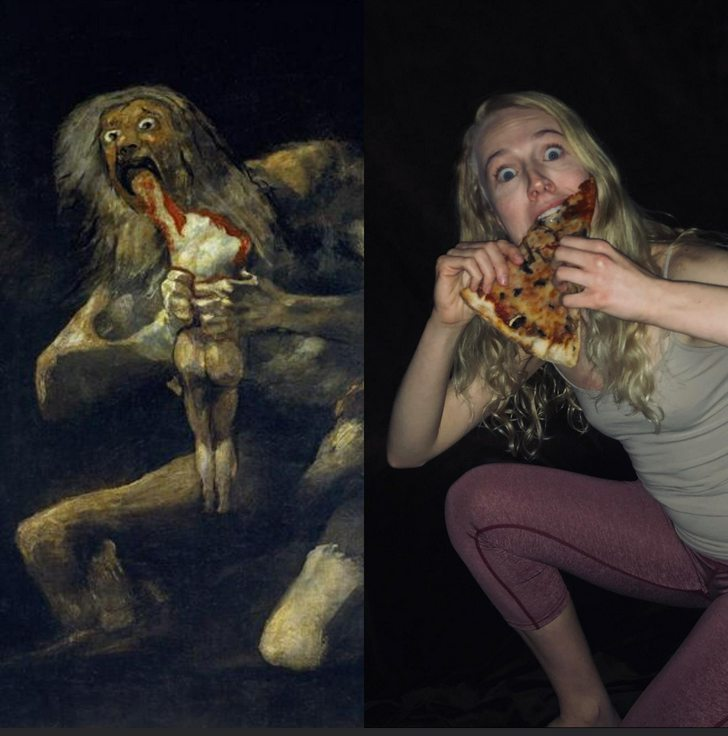
identify the period
Romanticism
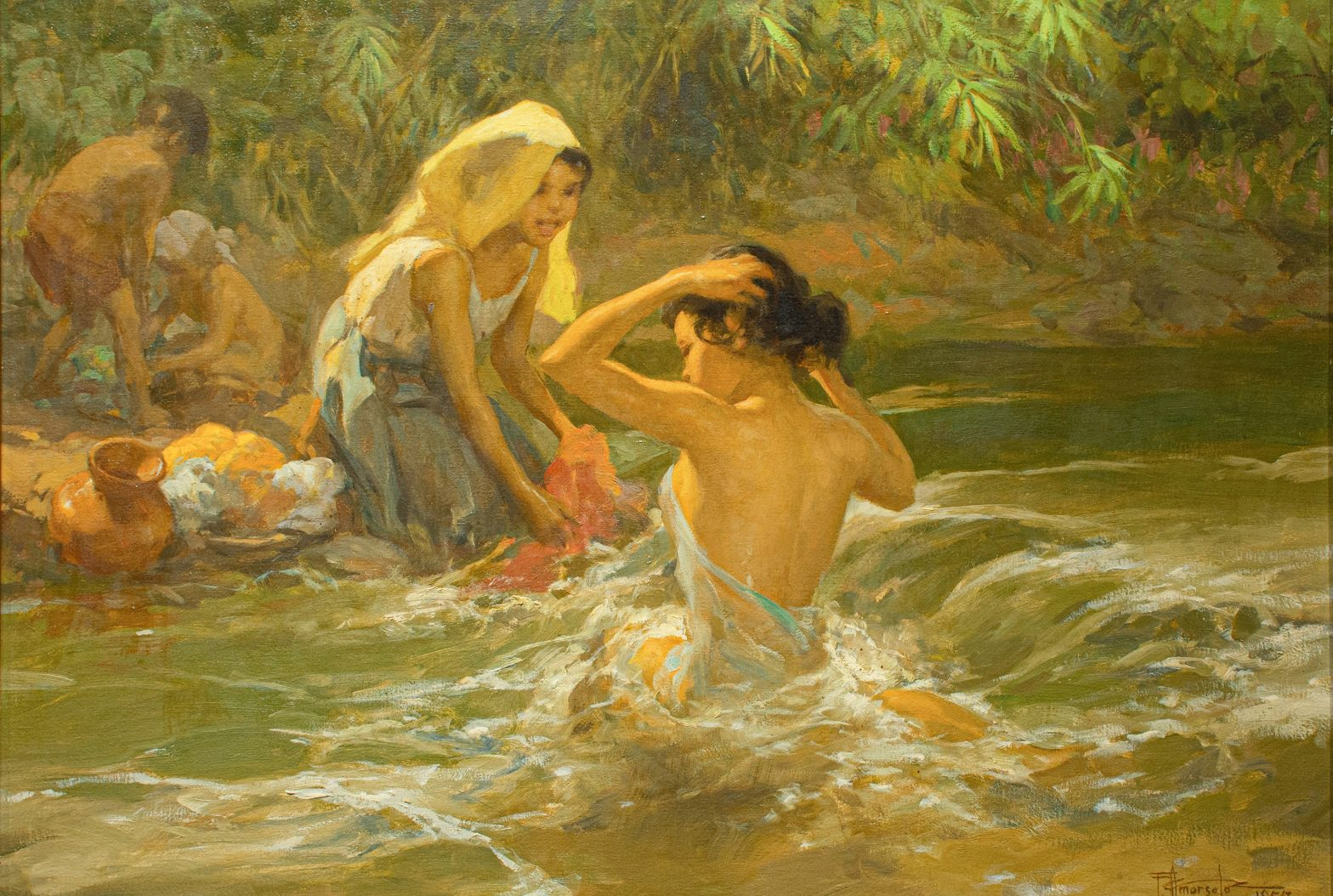
Identify the period
Realism
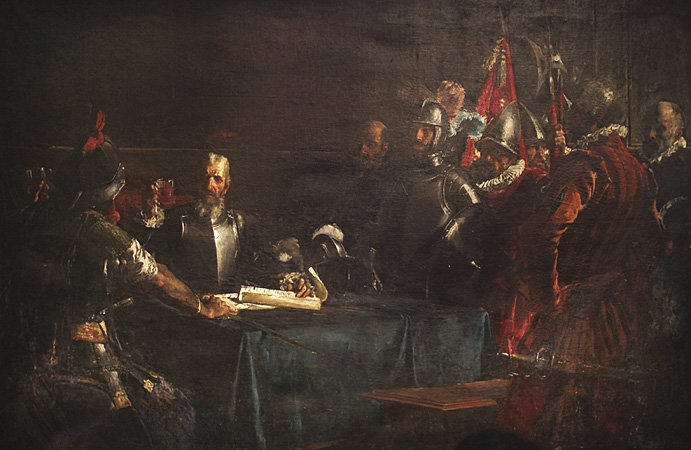
Identify the period
Realism
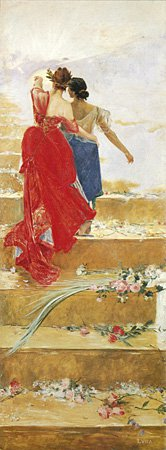
Identify the period
Romanticism

Identify the period
Neoclassicism

identify the period
Neoclassicism